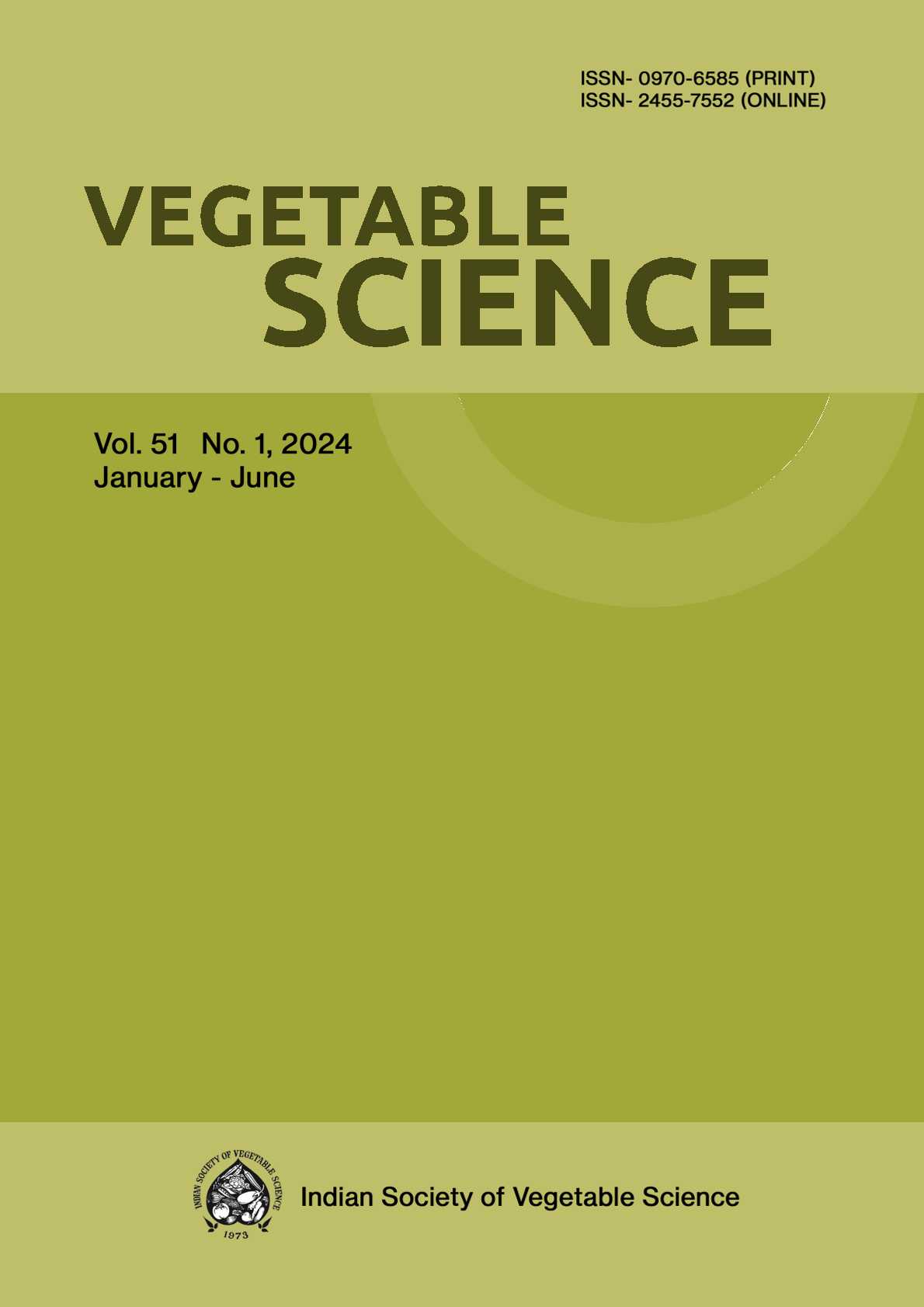Flowering response and fruit yield of okra (Abelmoschus esculentus L. Moench) fertilized with different nutrient sources
DOI:
https://doi.org/10.61180/Keywords:
Nutrient sources, fruit, poultry droppings, cow dung, yieldAbstract
The effect of different levels of poultry droppings and cow dung and recommended dosage of inorganic fertilizer on the flower response and fruit yield of two varieties (NHAe47- 4 and LD88-1) of okra (Abelmoschus esculentus L. Moench) were evaluated at the Teaching and Research Farm of Federal University of Technology, Minna, Nigeria from 2009-2011. The objective was to determine the best nutrient source and rate for optimum okra performance for use among the urban and peri-urban okra producers in Minna metropolis. Two varieties of okra (NHAe47-4 and LD88-1) and 10 fertilizer treatments (2, 4, 6 and 8 t ha-1 of poultry droppings; cow dung at 2, 4, 6 and 8 t ha-1; combination of NPK 15-15-15 + urea fertilizers supplying 100 kg N ha-1, 50 kg P2O5 ha-1, 50 kg K2O h-1 and 0 fertilizer) were factorially combined using a Randomized Complete Block Design (RCBD) with three replicates. Results revealed that plants from plots to which 6 or 8 t of poultry droppings per hectare was applied performed significantly better (p<0.05). Application of the same type and rate of fertilizer delayed flowering significantly in the two varieties used. It however reduced the incidence of flower abortion which eventually resulted in higher fruit yield (9.2 t ha-1). Results further revealed that higher fruit yield (about 12 t ha-1) was recorded in LD88-1compared to the values of 5 t ha-1 for NHAe47-4. It is concluded from this study that application of poultry droppings at 6 or 8 t ha-1 to okra mother-plants enhanced flowering and fruit yield compared to other fertilizer treatments. It is therefore recommended that poultry droppings at 6-8 t ha-1 should be applied to mother-plants of okra for successful flowering and optimum fruit yield.
Downloads
Published
Issue
Section
License

This work is licensed under a Creative Commons Attribution-NonCommercial-NoDerivatives 4.0 International License.






